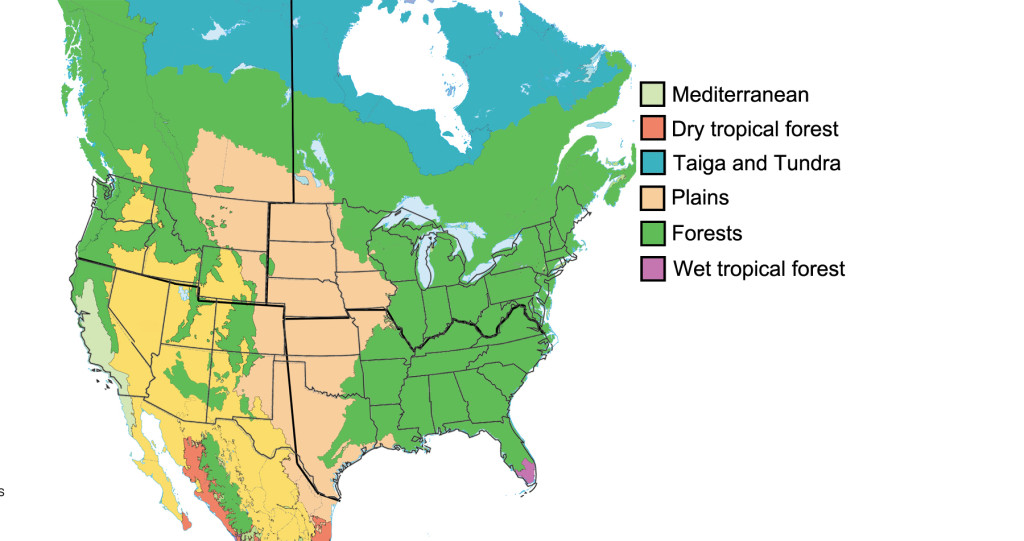Evaluator Standards and Becoming an Evaluator
Evaluator Standards
Cybertracker Evaluators are independent contractors sanctioned to deliver Cybertracker Evaluations and award Certificates by the North American Cybertracker Committee, and by extension, the International CyberTracker Standards Committee. A combination of superb wildlife tracking skills, a depth of personal field experience and excellent communications skills make our Evaluators successful at providing rigorous evaluations along with quality educational experiences throughout the evaluation process.
Each evaluator has met a rigorous set of standards and undergone substantial training (see below). Evaluators also have significant personal and professional experience in fields related to wildlife tracking, such as wildlife and conservation biology, hunting or wildlife related law enforcement, or outdoor and environmental education.
How does one become a CyberTracker Evaluator?
Currently, we are not actively seeking new evaluators, except for individuals that: 1) help our organization reach out to new audiences, 2) help us better serve new geographic regions currently underrepresented by our current evaluators, 3) add to the cultural diversity, professional expertise and credentials of our team, and 4) have made significant contributions to the field of wildlife tracking or related professions.
The duration of the training process is typically 1-2 years and does not guarantee a role as an Evaluator. The process aims to both offer the skills needed for the position of Evaluator as well as the time needed to gauge the trainee’s fit for the role.Individuals that are interested in becoming an evaluator are encouraged to talk with current evaluators to learn more about the process. Additional information is provided below.
Track and Sign Evaluator Standards and Training
- Prospective evaluator must score 100% on two Specialist Track and Sign Evaluations. The two evaluations must be in different quadrants of North America, and different ecosystems (please see the map below of the quadrants and simplified ecosystems). For example, one could be evaluated in the forests of the northeast and deserts of the southwest. One could not be evaluated in the forests of Maine and the western forests of Oregon. A second evaluation location is often recommended by the Initial Evaluator and the External Evaluator on a case-by-case basis.
- Exemplify the characteristics we value in evaluators: honesty, integrity, humility, non-condescension, an encouraging manner with less experienced trackers, strength of character, team spirit, humor, among others.
- A glowing letter of recommendation from an existing evaluator describing why the candidate would be an ideal evaluator, written to the Initial Evaluator to present to the North American CyberTracker Committee.
- Attendance of at a minimum six (6) Track and Sign evaluations with at minimum three (3) different Evaluators to learn the CyberTracker system. When evaluators who worked with the applicant agree they have learned scoring, etc., they are referred to the Initial Evaluator for the final step.
- As the final part of the process, the participant arranges an evaluation and leads it in the presence of the Initial Evaluator. Depending upon their performance, the applicant may be asked to continue with mentoring (to continue with step 4), to give a specific number of evaluations with another evaluator for a short duration, or granted full evaluator status to begin work on their own.
Trailing Evaluator Standards and Training
- Score 100% on a Specialist Trailing Evaluation.
- Exemplify the characteristics we value in evaluators: honesty, integrity, humility, non-condescension, an encouraging manner with less experienced trackers, strength of character, team spirit, humor, among others.
- A glowing letter of recommendation from an existing trailing evaluator describing why the candidate would be an ideal evaluator, written to the Initial Evaluator to present to the US CyberTracker Committee.
- Attendance of a significant number of trailing evaluations to learn the system. When evaluators who worked with the applicant agree they have learned scoring, etc., they are referred to the Initial Evaluator for the final step.
- As the final part of the process, the participant arranges an evaluation and leads it in the presence of the Initial Evaluator. Depending upon their performance, the applicant may be asked to continue with mentoring (to continue with step 4), to give a specific number of evaluations with another evaluator for a short duration, or granted full evaluator status to begin work on their own.
